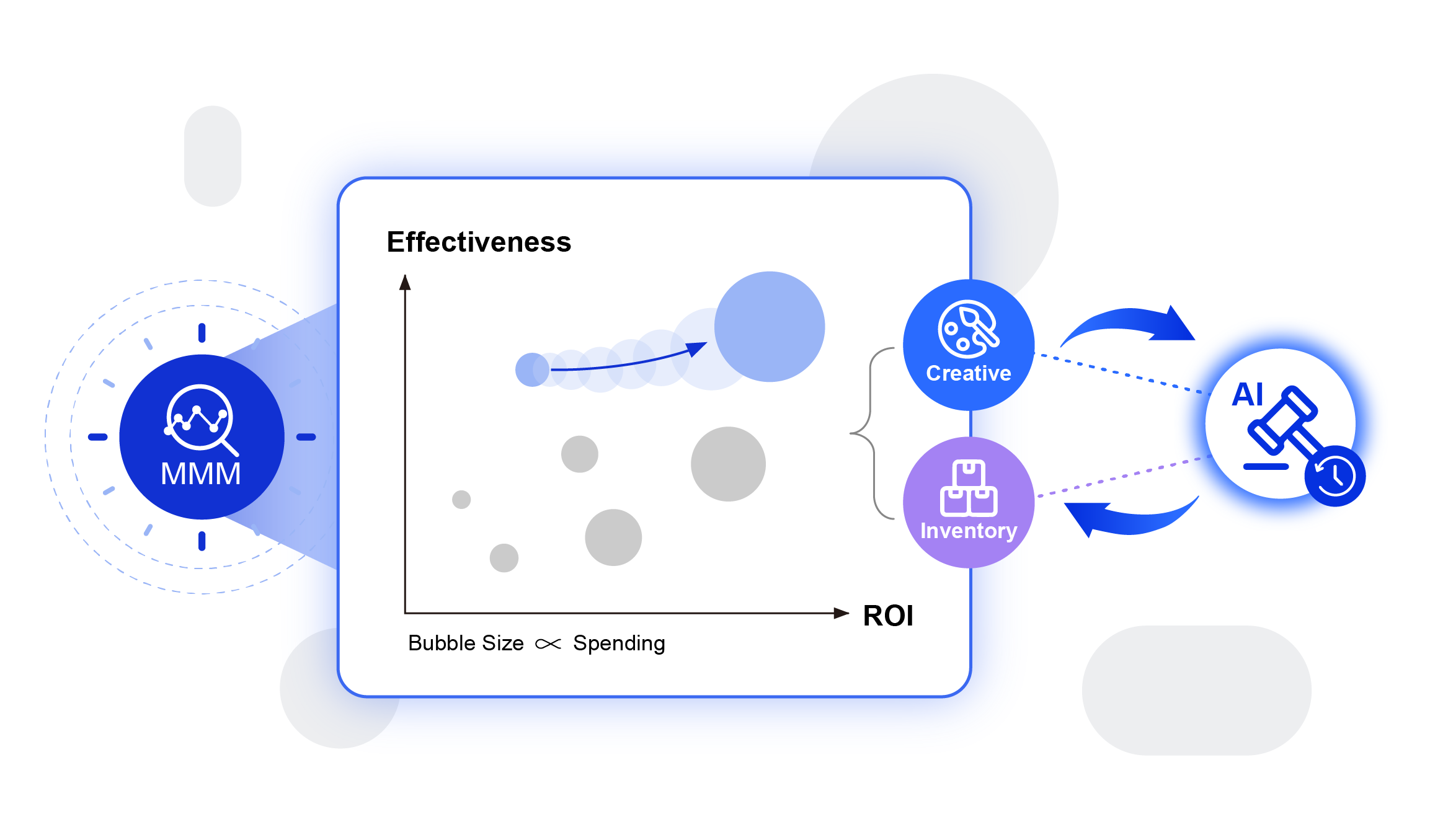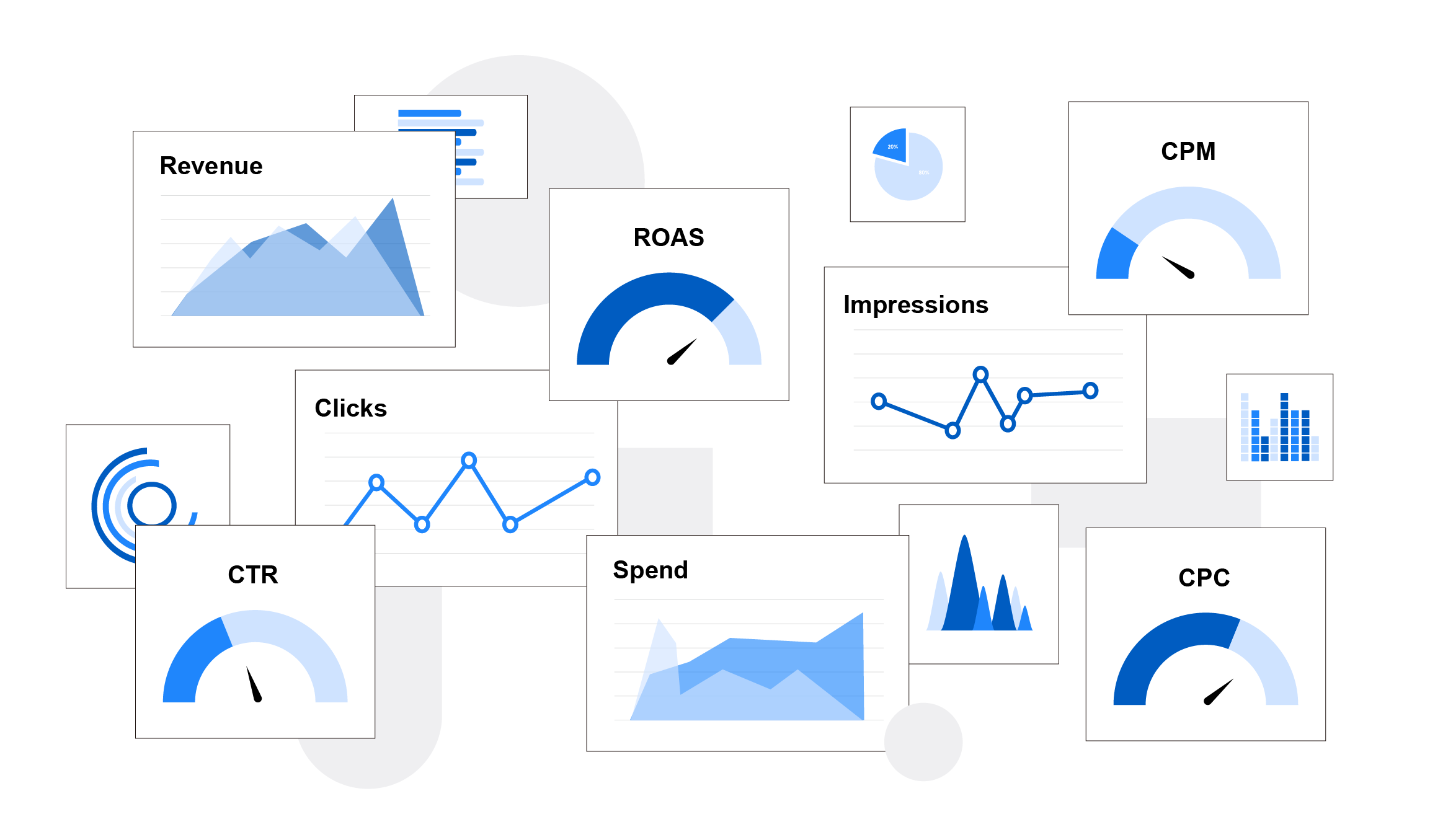6 min read
From the day they were introduced on Netscape in 1994, cookies were intended to help companies enhance and personalize the user experience on the internet, whether it is authenticating logins or remembering language settings.
Marketers have also depended on third-party cookies for more than two decades to track consumer behavior online, using cookies for targeting, retargeting, display advertising and behavioral marketing.
However, with Google announcing that it will phase out the use of third-party cookies in Chrome by the end of 2022 – following similar moves by Mozilla’s Firefox and Apple’s Safari – the death of the third-party cookie is shaking up the digital marketing industry.
The Growing Demand for Privacy
While third-party tracking cookies is useful for optimizing online experience, there has been a growing concern over how consumer data is tracked, stored and shared.
Consumers are often unaware how their behaviors are being tracked and used to market to them. Therefore, such tracking is seen as a breach of consumer privacy and trust as they might not have provided explicit consent to leverage their personal data.
Moreover, consumers have no visibility into which companies are processing their data, beyond those that own the websites they visit. The General Data Protection Regulation (GDPR) in the European Union includes cookie consent mechanisms, but once users have consented, they have little or no visibility into which organizations are directly collecting their data.
Consumers have insisted on greater user privacy and stricter data sharing – an increasing demand that Google acknowledged when announcing its move to block cookies. With Chrome accounting for 65 percent of the browser market share, Google’s plan would be the final nail in the coffin for third-party cookies.
Implications for Digital Marketing
Cookie-based data is commonly used in digital marketing, especially in tactics such as behavioral targeting, reach and frequency tracking, conversion tracking and attribution, remarketing and site retargeting as well as CRM targeting and segmentation.
Site retargeting is reliant on third-party cookies to identify the correct anonymized users to target while behavioral segments are predominantly cookie-based. The loss of third-party cookies makes it more difficult to deliver relevant offers to consumers as algorithms will not be as effective in showing personalized ads to consumers, risking the possibility of showing them ads for products they have no interest in.
Without third-party cookies, you will only be able to track users who clicked on your ad, and not those who saw the ad but didn’t click. Since it will not be possible to track multi-touch attribution without third-party cookies, it would be difficult to validate the effectiveness of digital campaigns.
Once the cookie ban is implemented, most third-party audiences – those whose data is collected through third-party cookies – will start to shrink quite quickly due to cookie expiry, until they are no longer sufficiently scalable for most media-buying activities. Advertisers will then need to develop new prospecting strategies that do not require third-party cookies.
Getting Ready for a Cookieless Future
You may be feeling daunted by all these changes, but there are practical steps you can take now to be well-positioned when Google’s cookie restrictions kick in. There are also new technologies and tools to help you navigate a post-cookie world.
1. Maximize first-party data
In the absence of third-party cookies, getting hold of first-party data is more important than ever. Often, brands have access to more data than they think. Every time a customer takes an action to connect with your organization, such as signing up for a loyalty program, or making a purchase that requires them to enter personal information like name or email, you are capturing first-party data from that customer.
Such data on customer demographics, behaviors, actions or interests can be gathered through owned channels – either online (websites, apps, CRM and social media channels) or offline (customer surveys, feedback forms and call centers). And since the data is gathered from customers that have already shown interest in interacting with you, it is generally seen as more acceptable than buying access to third-party consumer data.
However, data is only as useful as how it is applied, and technologies powered by artificial intelligence (AI) can help you make full use of your first-party data. For example, you can leverage machine learning to analyze the data and uncover hidden insights into your customers so that you can create precise customer segments.
Once you have segmented your customers based on their interests and how they interact with you, you can personalize your website and marketing messages to make it more appealing to them. For example, if they often head to the “sale” section of your website or app, push up sale items on their homepage or send them push notifications when there is a new sale.
2. Revive contextual targetingThe next best option to cookies-based behavioral targeting is contextual targeting, which involves putting the most relevant ad in the right context based on keywords, topics and taxonomy.
With behavioral targeting, a teacher who has a gardening hobby may end up getting ads on teaching supplies even as he shows off his latest orchid on a hydroponics website. But with contextual targeting where the ads you see are based on the content you are looking at, the teacher would see ads for fertilizers while looking at gardening blogs, and ads for educational technology tools when reading up on improving home-based learning.
While contextual targeting is privacy-friendly and can reduce ad fatigue, targeting based purely on surface-level keywords and phrases can potentially result in bad ad placement.
To help determine whether the content is negatively or positively linked to your keywords so that your ad placement is relevant and timely, natural language processing and deep learning algorithms can be used to analyze contextual content such as text, speech, imagery, metadata and geo-location in real time and at scale. These AI-powered tools are able to interpret nuances in the same way as humans do.
3. Tailor your messages based on real-time customer intentTo improve conversion rates, you need to show the product that the consumer is interested in. While you can look at specific actions he has taken in the past – in an effort to glean some insights into his intent – they only tell you what he has done and not what he will do.
However, real-time intent targeting allows you to accurately predict the complex and often fickle customer intent by using powerful algorithms like deep learning to analyze billions of consumer data points in real time across both owned channels and external websites.
Deep learning can then identify patterns around product preferences and the likelihood of conversion based on recency and frequency of online customer activities, enabling you to tailor messages for better engagement and conversions.
For example, customers like John, who has viewed a page for a soccer ball three times in the past week and added it to his cart yesterday, have high intent to convert. Create a sense of urgency by sending him messages such as “Buy now and get 30% off!” to drive purchase.
Despite the hand-wringing that accompanied the impending demise of third-party cookies, now is an opportune time to relook your marketing strategies.
As consumers look to reclaim their data privacy, the best way to bridge consumer trust and data is by creating a strong value exchange built on meaningful content and experiences. This is where AI-powered tools can help you elevate the customer experience and help you win customers in a cookie-less future.
* Want to know more about how to leverage AI and machine learning to power your digital marketing and advertising in the post-cookie world? Contact our team today for an exclusive consultation!



